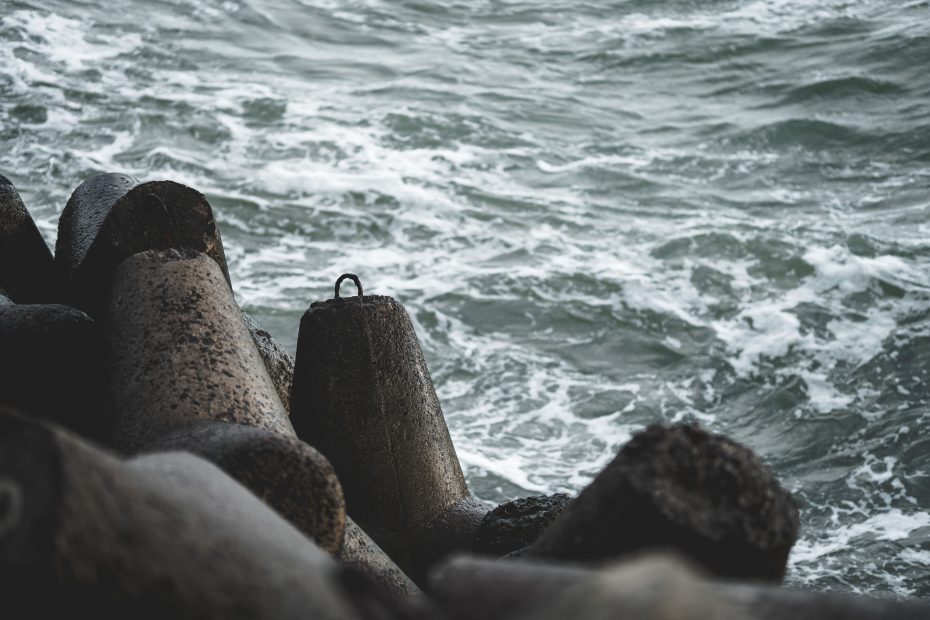Table of Contents
Introduction
Latvian folklore refers to the traditional stories, myths, celebrations, music, dances, and customs of the Latvian people. With roots stretching back centuries, Latvian folklore gives insight into the unique culture and identity of Latvia. It incorporates pagan and natural symbolism as well as borrowed elements from neighboring countries. Latvian folklore survived through the ages via oral tradition and still holds significance today.
Popular Folk Tales
Folk tales make up a treasured part of Latvian folklore. They often feature talking animals, fantastical creatures, heroic quests, and moral lessons. Well-known stories include those featuring the fool Kurbads and stories about the legendary hero Lāčplēsis. Folk tales were used to pass down knowledge, values, and cultural history to future generations.
Traditions and Celebrations
Latvians celebrate seasonal solstice festivals derived from pagan roots and agricultural society. The festivals feature masked processions, bonfire dances, traditional costumes, and rich symbolism.
The summer solstice , known as Līgo, honors the solar zenith and fertility. Latvians dress in folk costumes, dance, sing, and leap over bonfires. Unmarried women float wreaths of flowers down rivers and fortune-tell based on where they land. A ritual tree or pole is erected and burned as part of the festivities.
Midsummer’s Eve involves rituals focused on finding a future spouse. Unmarried women collect medicinal and aromatic plants and make wreaths to wear in their hair during the night’s celebrations, which include singing folk songs.
The autumn equinox marks the start of the agricultural year. Societal roles are reversed during the festival, with men taking on women’s work and vice versa in a act of symbolic chaos. Masked processions are also common.
Christmas celebrations also feature customs such as making straw ornaments, hanging wreaths on doors, and baking gingerbread cookies. Carolers go from house to house singing traditional songs.
Folk Music and Dance
Music plays a significant role in Latvian folklore. Traditional instruments include the kokle (plucked string instrument), drums like the bungi, and bagpipes. Latvians also have a rich tradition of unaccompanied multipart singing.
Folk dance grew in popularity as part of the National Awakening in the late 19th century. Latvia has over 3,000 traditional dances. Most are performed in groups, with paired couples swirling across the dance floor in precise, energetic steps. Well-known dances include the jāņu, koklētājs, and cūkmenis.
Cuisine
Food is an integral part of Latvian celebrations. Dark rye bread features heavily, and many ceremonial foods are dairy-based. Fresh, seasonal ingredients also play a key role.
Dishes connected to solstice festivals include cheese, twig beer, meat pies, smoked meats, and fresh vegetables like peas, beans, onions and cabbages. Fresh cheeses and other dairy foods appear on the Midsummer’s Eve table. Attendees toast using homemade beer.
Contemporary Interest
While suppressed during Soviet times, the Latvian people rediscovered their folklore as part of regaining national identity. Museums and cultural centers now actively preserve and showcase Latvian folk traditions.
Modern Latvian culture continues to incorporate and reinterpret traditional folklore. Latvian folk songs are taught in schools. Song and dance festivals take place every few years showcasing choirs, dance troupes and musicians from all over the country. Elements of folklore feature widely during holidays and celebrations.
International interest has also grown in Latvian folklore. Its rituals, costumes, arts, and mythology hold strong tourism potential. From solstice festivals to folk dance performances, travelers have much to discover exploring Latvian heritage.
Conclusion
With ancient roots yet continued relevance, the folklore of Latvia offers a vibrant representation of the country’s culture and people. The multi-faceted traditions connect Latvians to their history and environment while providing timeless enjoyment and meaning. By understanding Latvian tales, customs, and celebrations, one gains insight into a captivating cultural legacy.
FAQs:
Q: What are some key features of Latvian folk tales?
A: Latvian folk tales often have talking animals, mythical creatures, valiant heroes, and moral lessons. Common characters include the fool Kurbads and the legendary hero Lāčplēsis.
Q: How did Latvian folklore survive over the centuries?
A: Folklore was passed down through oral tradition and customs from generation to generation. This allowed the tales, music, and rituals to persist over centuries.
Q: What instruments are used in traditional Latvian folk music?
A: Common Latvian folk instruments include the kokle, drums like the bungi, bagpipes, and Jew’s harp. Vocal and choral singing are also an integral part of the musical tradition.
Q: What are some key Latvian solstice and seasonal festivals?
A: Major festivals include the summer solstice (Līgo), Midsummer’s Eve, the autumn equinox, and winter Christmas celebrations. They feature bonfires, masks, singing, dancing, and feasting.
Q: Why has interest in Latvian folklore increased in modern times?
A: After national revival, museums and cultural centers began preserving and showcasing folklore again. It remains connected to Latvian identity and culture. There is also growing tourism interest in the unique traditions.
